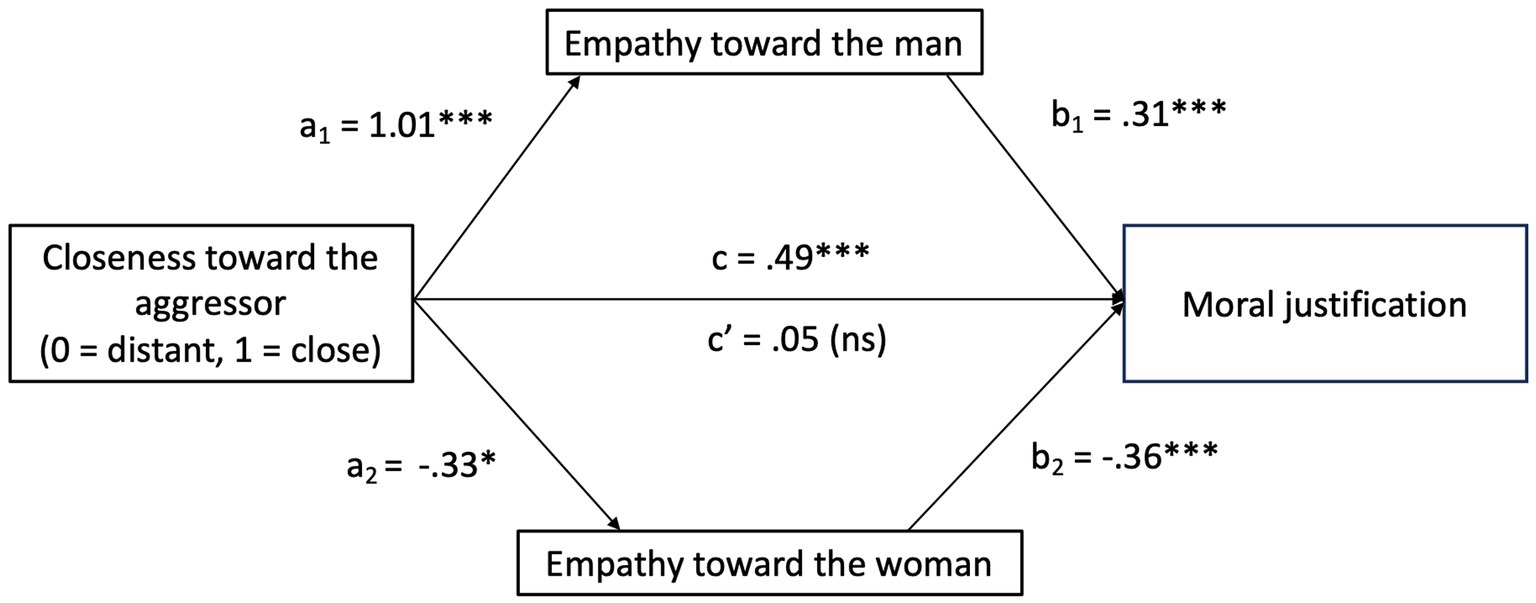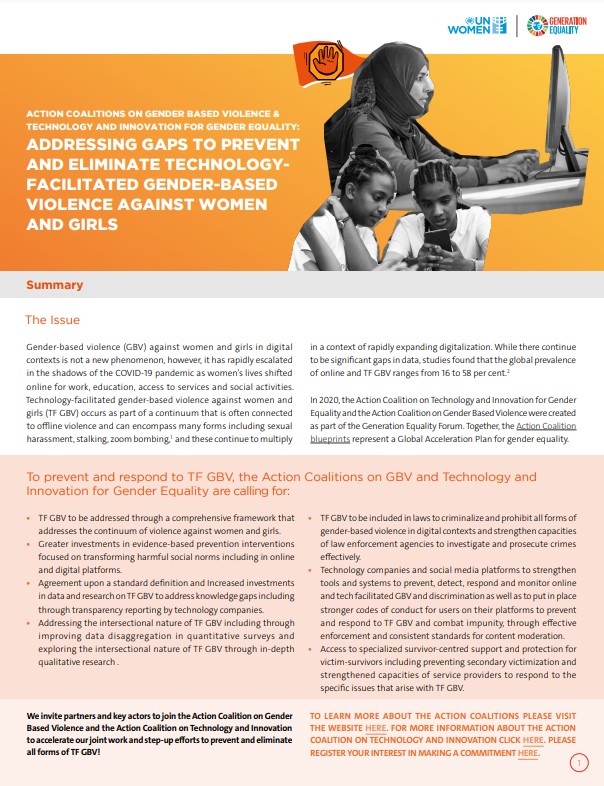
Report on Reducing Sexual Violence Against Women: Emphasizing Sustainable Development Goals (SDGs)
Violence against women remains a critical global issue, with women facing abuse from intimate partners, colleagues, and strangers. Addressing this challenge aligns closely with the United Nations Sustainable Development Goals (SDGs), particularly SDG 5 (Gender Equality), SDG 3 (Good Health and Well-being), and SDG 16 (Peace, Justice, and Strong Institutions). This report synthesizes research findings and outlines key lifestyle patterns that contribute to reducing sexual violence against women.
Understanding the Complexity of Sexual Violence
Sexual violence is a severe component of the broader problem of violence against women, often occurring alongside other forms of abuse. Research indicates that both victim and perpetrator-specific factors are insufficient to fully explain the problem. A comprehensive, evidence-based, multi-level strategy is essential to effectively combat sexual violence, as recommended by the Centers for Disease Control and Prevention (CDC).
Ten Lifestyle Patterns That Increase Protection Against Sexual Violence
1. Helping Lift Families and Communities Out of Poverty
Economic vulnerability increases the risk of abuse for both women and men. Efforts to alleviate poverty through meaningful employment opportunities contribute to reducing sexual violence risk. Financial security for women, in particular, empowers them to leave abusive relationships.
- Supports SDG 1 (No Poverty) and SDG 8 (Decent Work and Economic Growth).
- Encourages financial independence and security.
2. Expanding Educational Opportunities for Both Women and Men
Higher education levels correlate with lower rates of perpetration and victimization. Education fosters awareness and equips individuals with skills to avoid and prevent violence.
- Supports SDG 4 (Quality Education).
- Promotes gender equality through increased educational attainment.
3. Helping Nurture Healthy and Happy Marriages and Families
Promoting cooperative, empathetic, and non-violent family relationships reduces the likelihood of abuse. Preserving healthy marriages and fostering positive family environments protect individuals from future victimization.
- Supports SDG 3 (Good Health and Well-being) and SDG 5 (Gender Equality).
- Encourages emotional expressiveness and family cohesion.
4. Providing Additional Support for Younger and Larger Families
Families with more children or younger parents may experience increased stress, heightening abuse risk. Parental training in stress and anger management and providing emotional support during pregnancy or infertility struggles are vital.
- Supports SDG 3 (Good Health and Well-being) and SDG 10 (Reduced Inequalities).
- Focuses on mental health and family resilience.
5. Helping to Prevent Compulsivity and Support Addicts in Finding Freedom
Substance abuse significantly raises the risk of sexual violence perpetration and victimization. Policies that reduce excessive alcohol consumption and support addiction recovery contribute to prevention.
- Supports SDG 3 (Good Health and Well-being).
- Includes alcohol pricing policies and reducing outlet density.
- Addresses compulsive pornography use linked to sexual aggression.
6. Encouraging the Value of Sexually-Exclusive Marriages and Healthy, Non-Aggressive Masculinity
Delaying sexual experiences until within committed relationships and promoting positive masculinity norms reduce sexual violence risk. Social norms discouraging extramarital affairs and fostering self-control are protective.
- Supports SDG 5 (Gender Equality) and SDG 16 (Peace, Justice, and Strong Institutions).
- Emphasizes prevention of perpetration through behavioral change.
7. Fostering Deeper Healing for Mental Health Challenges
Mental health issues increase vulnerability to both victimization and perpetration. Comprehensive mental health support beyond medication, including addressing sexual behavior during manic episodes, is essential.
- Supports SDG 3 (Good Health and Well-being).
- Encourages holistic approaches to mental health care.
8. Helping Those Who Have Experienced Earlier Abuse to Work Through Post-Traumatic Symptoms
Past victimization increases the risk of future abuse and perpetration. Trauma-informed care and healing services are critical to breaking cycles of abuse.
- Supports SDG 3 (Good Health and Well-being) and SDG 16 (Peace, Justice, and Strong Institutions).
- Focuses on trauma recovery and prevention of re-victimization.
9. Expanding Robust Community Connections and Durable Social Support
Strong, healthy community networks protect against sexual violence. Special attention is needed for vulnerable groups such as ethnic minorities, refugees, immigrants, and gender minorities.
- Supports SDG 10 (Reduced Inequalities) and SDG 11 (Sustainable Cities and Communities).
- Addresses social isolation and promotes inclusion.
10. Fostering Healthy Spirituality and Religious Connection
Genuine religious participation can reduce sexual violence through pro-social teachings, promoting self-control, and encouraging loving relationships. Correct interpretation of religious beliefs can influence societal norms positively.
- Supports SDG 3 (Good Health and Well-being) and SDG 16 (Peace, Justice, and Strong Institutions).
- Utilizes faith communities as platforms for prevention and support.
Multiple, Overlapping Avenues of Prevention
The CDC’s 2016 “STOP SV” resource highlights the importance of empowering women, supporting survivors, creating protective environments, teaching prevention skills, and promoting protective social norms. These recommendations align with the lifestyle patterns identified and emphasize the need for rigorous evaluation and continuous evidence building.
Summary and Recommendations
Research indicates that women’s vulnerability to sexual violence is influenced by their daily environments and lifestyles. Effective prevention requires promoting:
- Healthy, cooperative marriages supported by strong community networks.
- Prioritization of education and financial stability for families.
- Prevention of substance abuse and delayed sexual behavior until committed relationships.
- Healing from trauma and mental health challenges.
- Spiritual and community engagement fostering positive social norms.
Embedding these protective factors within communities contributes directly to achieving SDG 5 (Gender Equality), SDG 3 (Good Health and Well-being), and SDG 16 (Peace, Justice, and Strong Institutions), thereby reducing sexual violence and promoting safer, more equitable societies worldwide.
1. Sustainable Development Goals (SDGs) Addressed or Connected to the Issues Highlighted in the Article
- SDG 3: Good Health and Well-being – The article discusses mental health challenges, trauma healing, and substance abuse prevention, all of which relate to ensuring healthy lives and promoting well-being for all ages.
- SDG 4: Quality Education – Emphasized by expanding educational opportunities for both women and men to reduce violence.
- SDG 5: Gender Equality – Central to the article’s focus on reducing violence against women, promoting women’s empowerment, and addressing gender norms.
- SDG 8: Decent Work and Economic Growth – Addressed through helping lift families out of poverty and connecting adults with meaningful employment.
- SDG 10: Reduced Inequalities – Relevant due to the focus on vulnerable groups such as ethnic minorities, refugees, immigrants, and gender minorities.
- SDG 16: Peace, Justice and Strong Institutions – Connected through efforts to prevent violence, promote peaceful and inclusive societies, and provide support for victims.
- SDG 17: Partnerships for the Goals – Implied through community connections, social support networks, and collaboration with religious institutions.
2. Specific Targets Under Those SDGs Identified Based on the Article’s Content
- SDG 3
- Target 3.4: Promote mental health and well-being.
- Target 3.5: Strengthen prevention and treatment of substance abuse.
- SDG 4
- Target 4.5: Eliminate gender disparities in education and ensure equal access.
- SDG 5
- Target 5.2: Eliminate all forms of violence against women and girls in public and private spheres.
- Target 5.5: Ensure women’s full participation and equal opportunities for leadership.
- SDG 8
- Target 8.5: Achieve full and productive employment and decent work for all women and men.
- SDG 10
- Target 10.2: Empower and promote social, economic and political inclusion of all.
- SDG 16
- Target 16.1: Significantly reduce all forms of violence and related death rates.
- Target 16.3: Promote rule of law and ensure equal access to justice.
- SDG 17
- Target 17.17: Encourage effective partnerships and multi-stakeholder collaborations.
3. Indicators Mentioned or Implied in the Article to Measure Progress Towards the Identified Targets
- Prevalence of Violence Against Women – Implied through references to sexual violence, domestic violence, and intimate partner violence rates.
- Employment Rates – The article highlights the importance of meaningful employment for reducing abuse risk.
- Educational Attainment Levels – The “dose-effect relationship” between spouses’ education and reduced family violence suggests measuring education levels.
- Substance Abuse Rates – Indicators related to alcohol and drug use prevalence and policies affecting these.
- Mental Health Status – Indicators on depression and other mental health challenges affecting vulnerability to violence.
- Access to Support Services – Implied through the importance of community connections, social support, counseling, and trauma healing services.
- Social Norms and Attitudes – Measurement of societal norms regarding masculinity, gender roles, and acceptance of violence.
- Religious and Community Participation – Implied as protective factors through faith-based involvement and social networks.
4. Table: SDGs, Targets and Indicators
| SDGs | Targets | Indicators |
|---|---|---|
| SDG 3: Good Health and Well-being |
|
|
| SDG 4: Quality Education |
|
|
| SDG 5: Gender Equality |
|
|
| SDG 8: Decent Work and Economic Growth |
|
|
| SDG 10: Reduced Inequalities |
|
|
| SDG 16: Peace, Justice and Strong Institutions |
|
|
| SDG 17: Partnerships for the Goals |
|
|
Source: deseret.com







